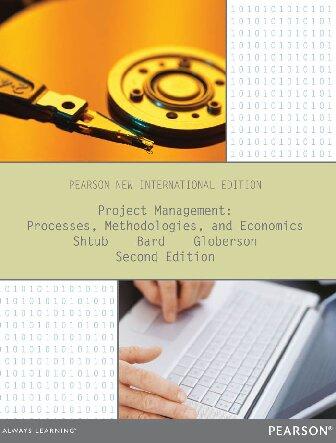22 A decision is to be made as to whether to perform a complete audit of an...
Question:
22 A decision is to be made as to whether to perform a complete audit of an accounts receivable file. Substantial errors in the file can result in a loss of revenue to the company. However, conducting a complete audit is expensive. It has been estimated that the average cost of auditing one account is $6. However, if a complete audit is conducted, resulting in the true but unknown proportion p of the accounts in error being reduced, then the loss of revenue may be reduced significantly.
Andrew Garland, the audit manager, has the option of first conducting a partial audit before his decision on the complete audit. Using the prior probability distribution and payoffs
(costs) given in the table below, develop a single auditing plan based on a partial audit of three accounts.Work with opportunity losses.
Proportion of accounts Prior probability Conditional cost in error, p of p, P(p)
Do not audit Complete audit 0.05 0.2 $1,000 $10,000 0.50 0.7 $10,000 $10,000 0.95 0.1 $29,000 $10,000
a. Develop the opportunity loss matrix—the matrix derived from the payoff matrix (state of nature versus cost) by subtracting from each entry the smallest entry in its row.
b. Structure the problem in the form of a decision tree. Specify all actions, sample outcomes, and events. Indicate opportunity losses and probabilities at all points on the tree. Show all calculations.
c. Develop the conditional probability matrix,
d. Develop the joint probability matrix.
e. Is the single auditing plan better than not conducting a partial audit?
1. What is the expected opportunity loss with no partial auditing?
2. What is the expected value of perfect information (EVPI)? Note that EVPI is the difference between the optimal EMV under perfect information and the optimal EMV under the current uncertainty (before collecting more data).
3. What is the expected value of sample information (EVSI), where The evaluation of EMV should take into account the results of the partial audit.
4. State how you would determine the optimal number of partial audits in a sampling plan.
Step by Step Answer:

Project Management Processes Methodologies And Economics
ISBN: 9781292039404
1st Edition
Authors: Avraham Shtub





